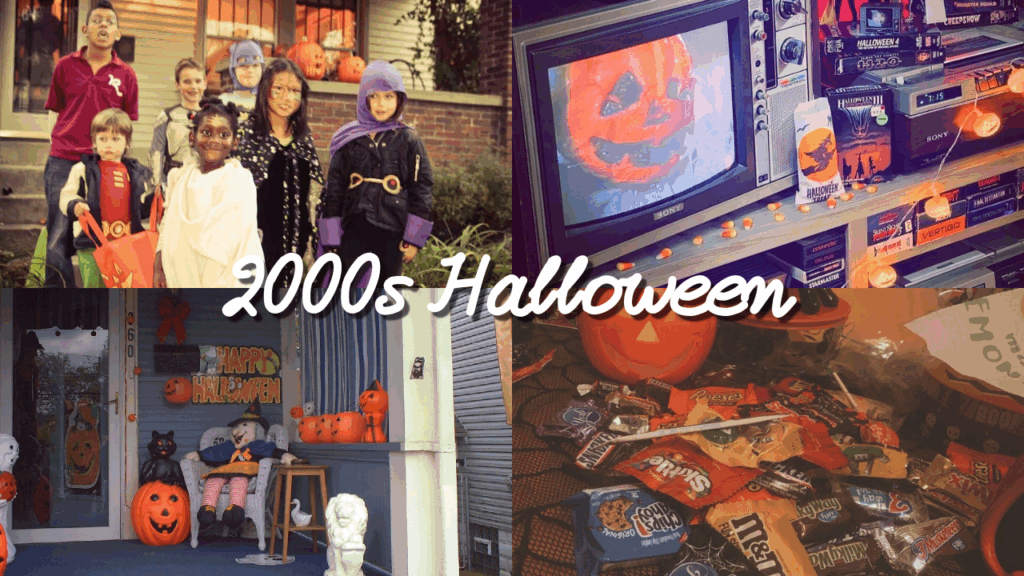News
Why Halloween in the 2000s Felt So Different Compared to Today
Halloween is one of those holidays that feels timeless, but the way we celebrate it has changed dramatically over the years. If you grew up in the 2000s, you might remember a Halloween that feels almost unrecognizable compared to the Instagram-perfect celebrations of today. From costumes and candy to trick-or-treating and pop culture, Halloween in the 2000s carried a different energy—one shaped by a world that hadn’t yet been taken over by smartphones, TikTok trends, and Pinterest boards.
In this article, we’ll explore why Halloween in the 2000s felt so different, compare it to modern-day Halloween, and reflect on what makes each era unique.
Halloween Costumes in the 2000s vs. Today
One of the biggest differences lies in Halloween costumes. In the 2000s, costumes were a mix of store-bought and DIY creativity. Kids often wore the classic plastic-packaged costumes from stores like Walmart or Target, complete with stiff masks and one-size-fits-all outfits. Parents improvised with old clothes, makeup, and handmade props when store options ran out.
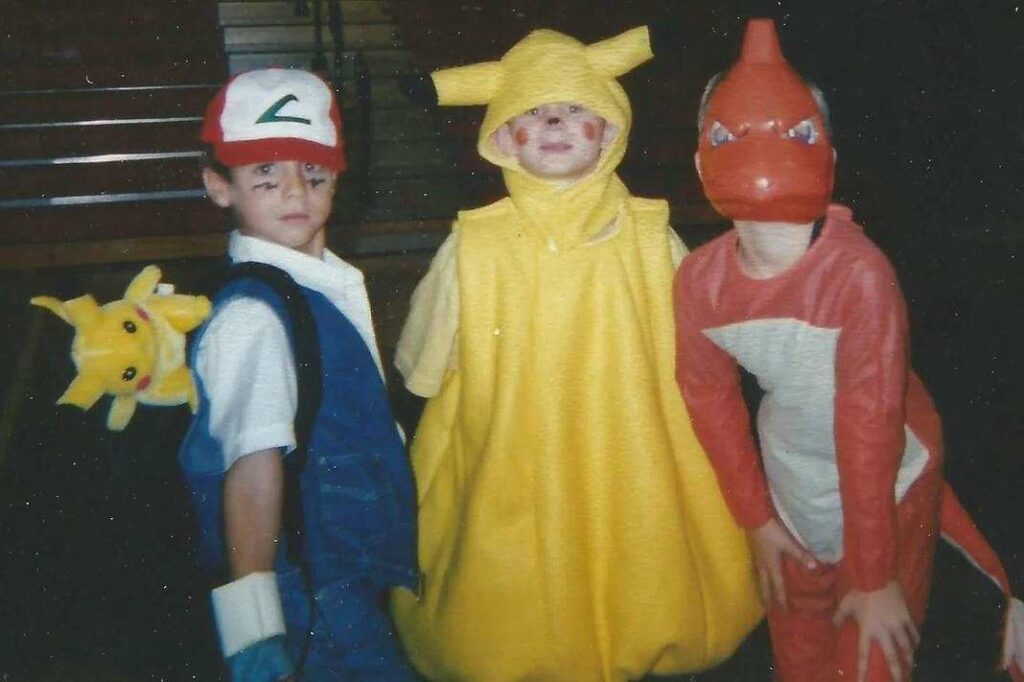
Witches, vampires, mummies, and superheroes dominated the streets. Characters from Harry Potter, Pokémon, SpongeBob SquarePants, and early superhero films like Spider-Man were everywhere. Costumes didn’t have to be perfect—they just had to be fun.
Today, costumes are far more polished. Thanks to Amazon, Etsy, and cosplay culture, people invest weeks (or months) into elaborate outfits. Social media has made Halloween into a stage for creativity, with Instagram-worthy costumes, TikTok transitions, and YouTube makeup tutorials setting the bar higher every year. While stunning, this trend sometimes shifts the focus from playfulness to performance.
Trick-or-Treating in the 2000s: A Neighborhood Affair
If you grew up in the 2000s, you probably remember Halloween trick-or-treating as the highlight of the night. Kids roamed neighborhoods in groups, carrying pillowcases or pumpkin buckets stuffed with candy. Parents followed from a distance, chatting with neighbors under dim porch lights.
It felt like a true community event—most houses kept porch lights on, and neighbors greeted each child warmly. Safety concerns were minimal, and kids trusted that every piece of candy was fair game.
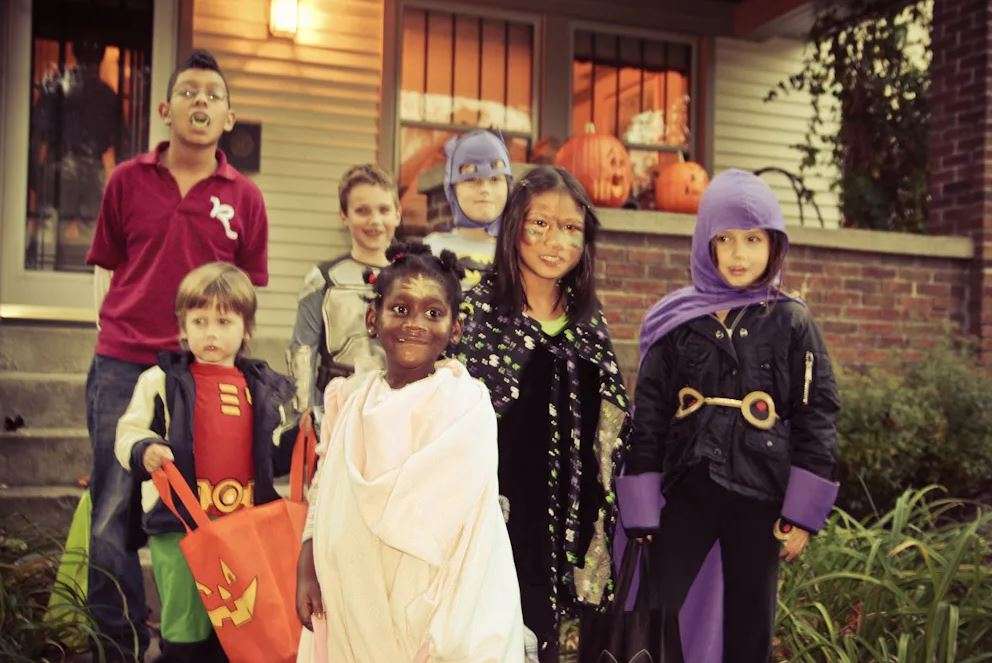
Today, trick-or-treating has declined in many places. Families often opt for “trunk-or-treat” events in church or school parking lots, or they visit malls for organized candy handouts. Some neighborhoods go all out with extravagant decorations, while others skip Halloween entirely. Modern parents are also more cautious, often checking every candy bar before kids can eat. The sense of community has shifted toward safety and convenience, losing a little of the spontaneous magic of the 2000s.
Pop Culture Halloween Icons of the 2000s
The 2000s were a golden age for Halloween pop culture. Kids dressed as Harry Potter characters, Ash Ketchum and Pikachu, or SpongeBob and Patrick. Teens leaned toward horror icons like Ghostface (Scream), Samara (The Ring), or Jigsaw (Saw). Pop stars like Britney Spears, Avril Lavigne, and Paris Hilton also inspired costumes at high school parties.
What made the 2000s unique was the shared nature of pop culture. Everyone was watching the same movies, listening to the same songs, and playing the same video games. Halloween reflected that collective experience.
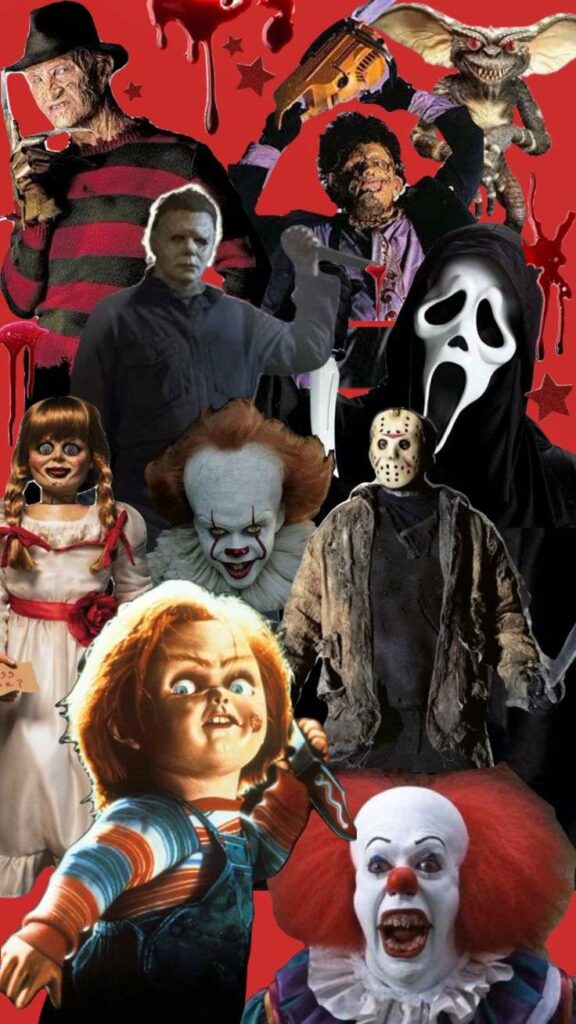
By contrast, today’s Halloween is shaped by fragmented digital culture. One year, everyone dresses as Eleven from Stranger Things; the next, it’s Squid Game or Wednesday Addams. Memes, viral TikTok dances, and even internet jokes quickly become costume trends. While exciting, these fads often fade as fast as they appear, making Halloween more about chasing the latest viral moment than celebrating long-lasting icons.
Haunted Houses: From DIY Scares to Hollywood-Level Productions
In the 2000s, haunted houses were often grassroots productions. Schools, churches, and community centers transformed basements or gymnasiums into spooky mazes with black trash bags for walls, strobe lights, and volunteers in rubber masks. The scares were simple, but they felt raw, personal, and memorable.

Today, haunted attractions have gone professional. Companies invest in Hollywood-level effects, animatronics, and detailed set designs. These experiences are terrifying and immersive—but also expensive. Tickets can cost upwards of $50, and the DIY charm of community-run haunted houses has largely disappeared.
The Role of Technology: Pre-Social Media vs. Instagram Era
Technology is perhaps the biggest reason Halloween in the 2000s felt so different. Back then, most people had digital cameras or flip phones at best. Photos were grainy, often uploaded to MySpace albums or shared via email. Halloween memories weren’t curated for likes or followers—they were about the experience itself.
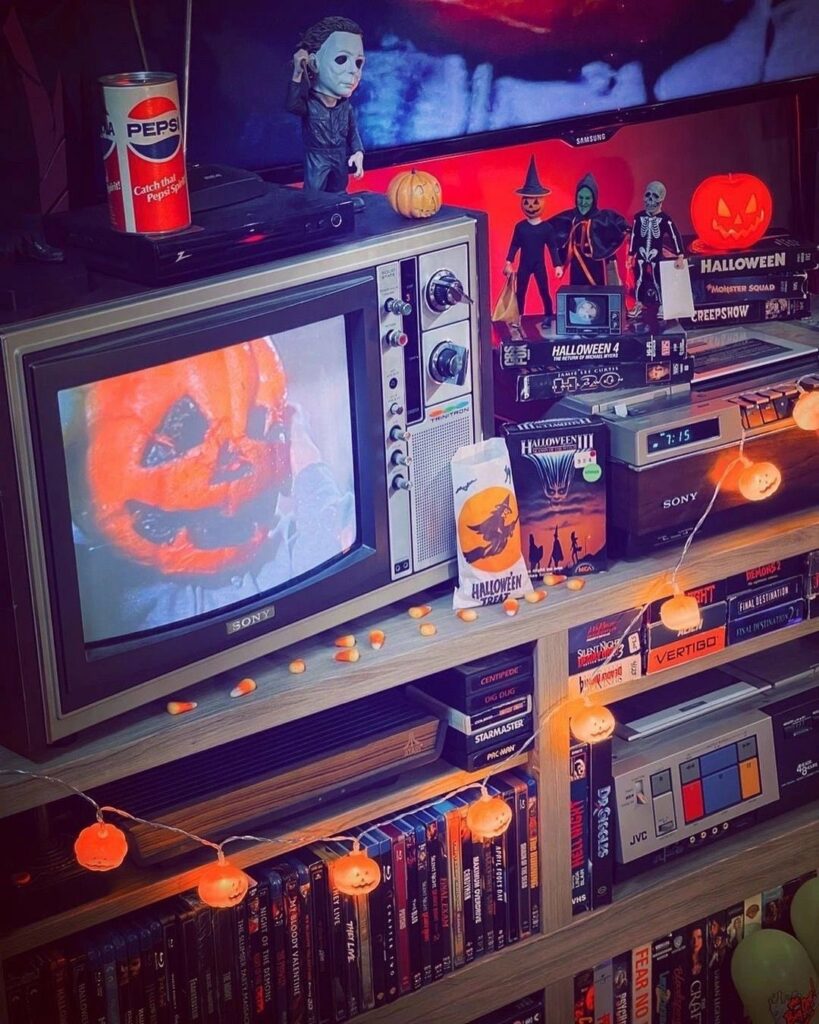
Fast forward to today, and Halloween is inseparable from social media. Costumes are designed to go viral on TikTok. Parties are staged with Pinterest-inspired decorations. Makeup tutorials flood YouTube weeks before October 31st. While this has elevated creativity and accessibility, it has also created a sense of performance and competition that simply didn’t exist in the early 2000s.
Halloween Parties: Casual Fun vs. Instagram Perfection
In the 2000s, Halloween parties were low-budget but fun. A fog machine, orange streamers, and a stack of burned CDs with pop-punk and early 2000s hits were enough to keep the night alive. Snacks were homemade or store-bought in bulk, and costumes didn’t need to be flawless to be celebrated.
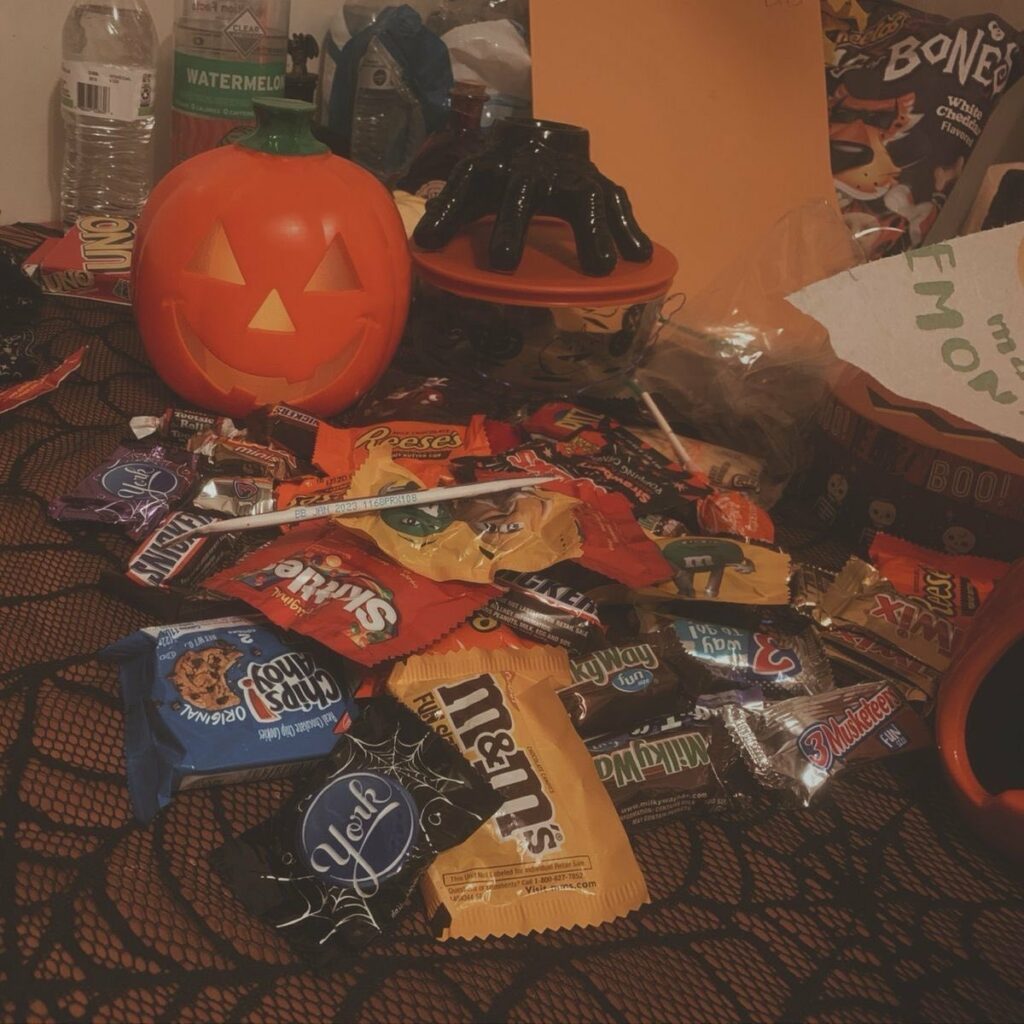
Today, Halloween parties often resemble professional events. Decorations are Pinterest-worthy, food is curated for Instagram photos, and lighting is carefully designed for selfies. While modern parties look stunning, they can feel less spontaneous. The 2000s had a goofy, carefree vibe that’s harder to capture in the age of social media perfection.
Community Spirit vs. Individual Expression
Another major difference is the cultural spirit of the holiday. In the 2000s, Halloween felt communal. Neighbors decorated modestly, left porch lights on, and participated for the sake of the kids. Even if a house didn’t go all out, it still contributed to the neighborhood atmosphere.
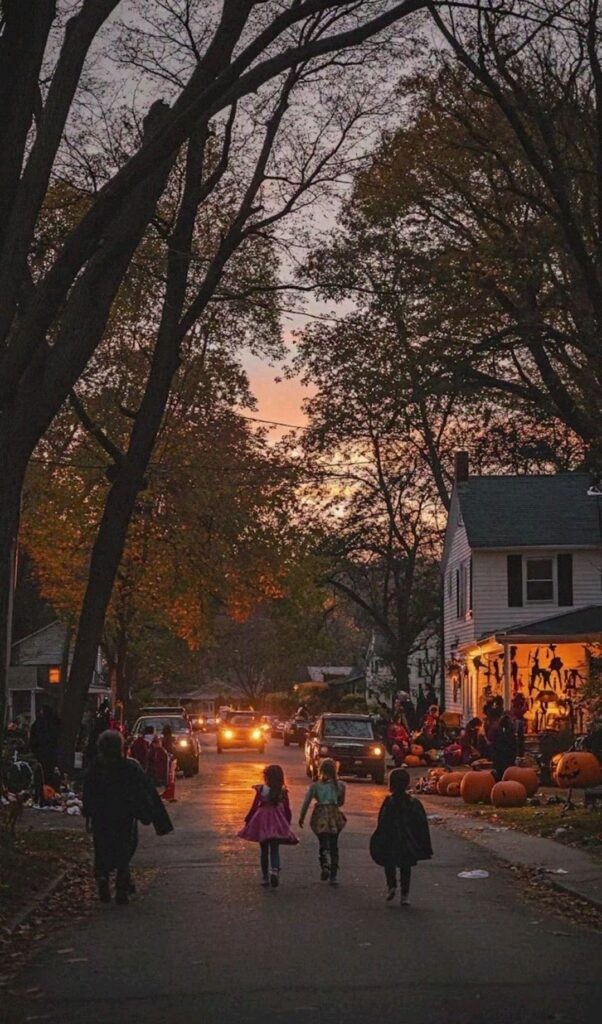
Today, Halloween leans more toward individual expression. Houses either go over-the-top with giant inflatable displays and projection mapping, or they skip participation altogether. Costumes are designed to stand out online rather than blend into a group theme. While individuality is empowering, it sometimes comes at the cost of the shared community spirit that defined the 2000s.
Nostalgia and the Magic of Childhood
Of course, nostalgia plays a huge role in why Halloween in the 2000s feels so different. For many of us, it was tied to childhood innocence—the thrill of dressing up, the sugar rush from candy, and the magic of roaming dark streets with friends. We remember the holiday not just for what it was, but for how it made us feel.
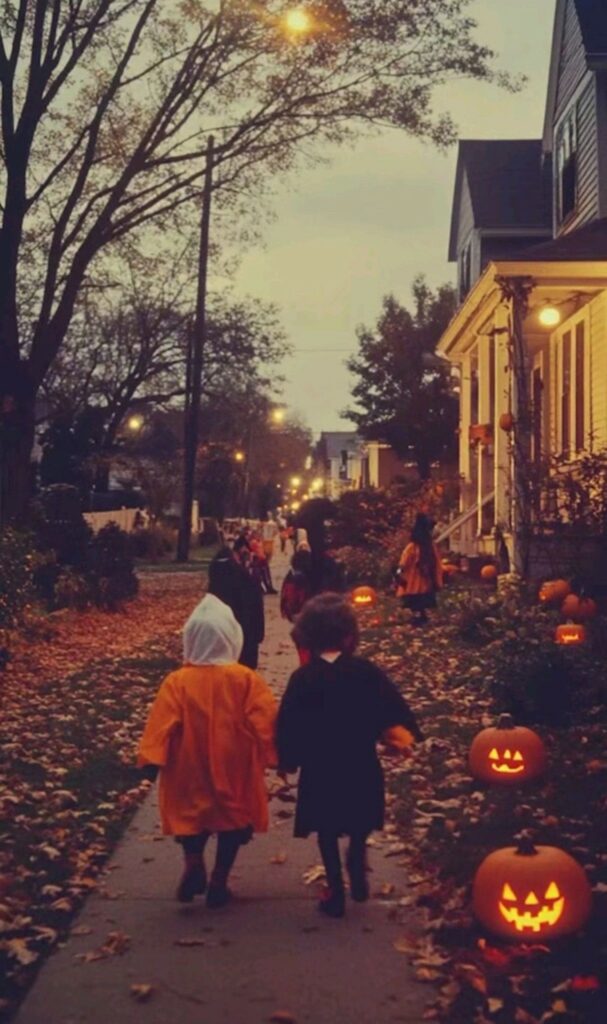
Kids today are likely experiencing the same kind of magic, just in a different form. Their Halloweens may be shaped by iPads, LED-lit costumes, and trunk-or-treat events, but the joy of imagination and play is still there.
Why the 2000s Stand Out
What makes Halloween in the 2000s unique is that it sat at a crossroads. Technology was advancing but not yet overwhelming. Pop culture was unified, yet diverse enough to spark creativity. Communities were still tightly knit, and Halloween celebrations reflected that balance.
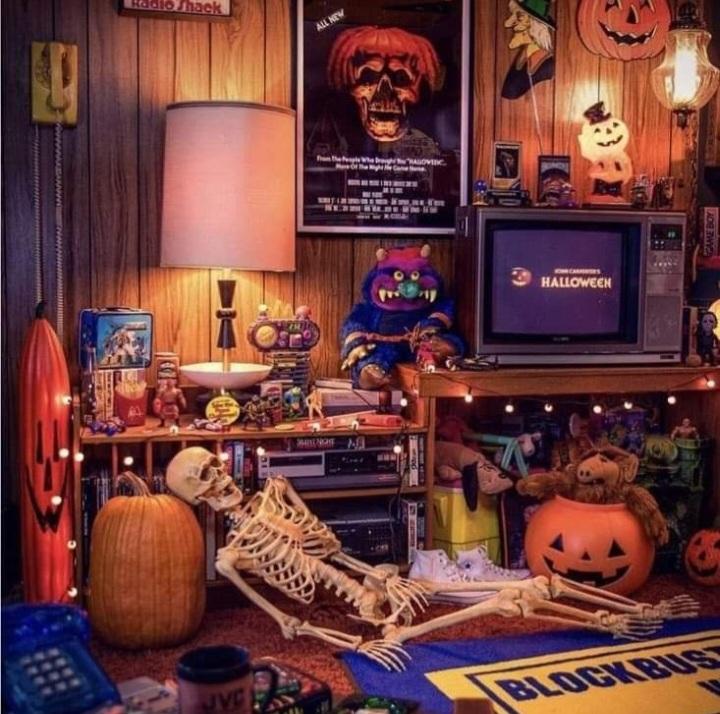
It may have been the last era of truly offline Halloweens—where the fun was about the moment, not the post. That’s why so many people who grew up in that decade look back on it with longing.
The Future of Halloween
Looking ahead, Halloween will continue to evolve. Virtual reality, AI-generated costumes, and new digital trends will shape how we celebrate in the 2030s and beyond. But at its core, Halloween will always be about imagination, play, and a touch of the spooky unknown.

The real challenge is finding ways to balance the creativity of modern celebrations with the community spirit and simplicity that made the 2000s so memorable.
Conclusion
Halloween in the 2000s felt different because it was. Costumes were simpler, trick-or-treating was more communal, and the holiday wasn’t filtered through social media. Pop culture icons provided shared inspiration, and haunted houses carried a homemade charm. Today’s Halloween is more polished, more individualistic, and heavily influenced by internet culture—but it sometimes lacks the carefree magic of two decades ago.
Both eras, however, share the same heart: the joy of becoming someone (or something) else for one night, the thrill of scares, and the sweetness of candy. Whether you prefer the nostalgia of the 2000s or the spectacle of today, Halloween remains timeless in its ability to spark imagination and bring people together.


